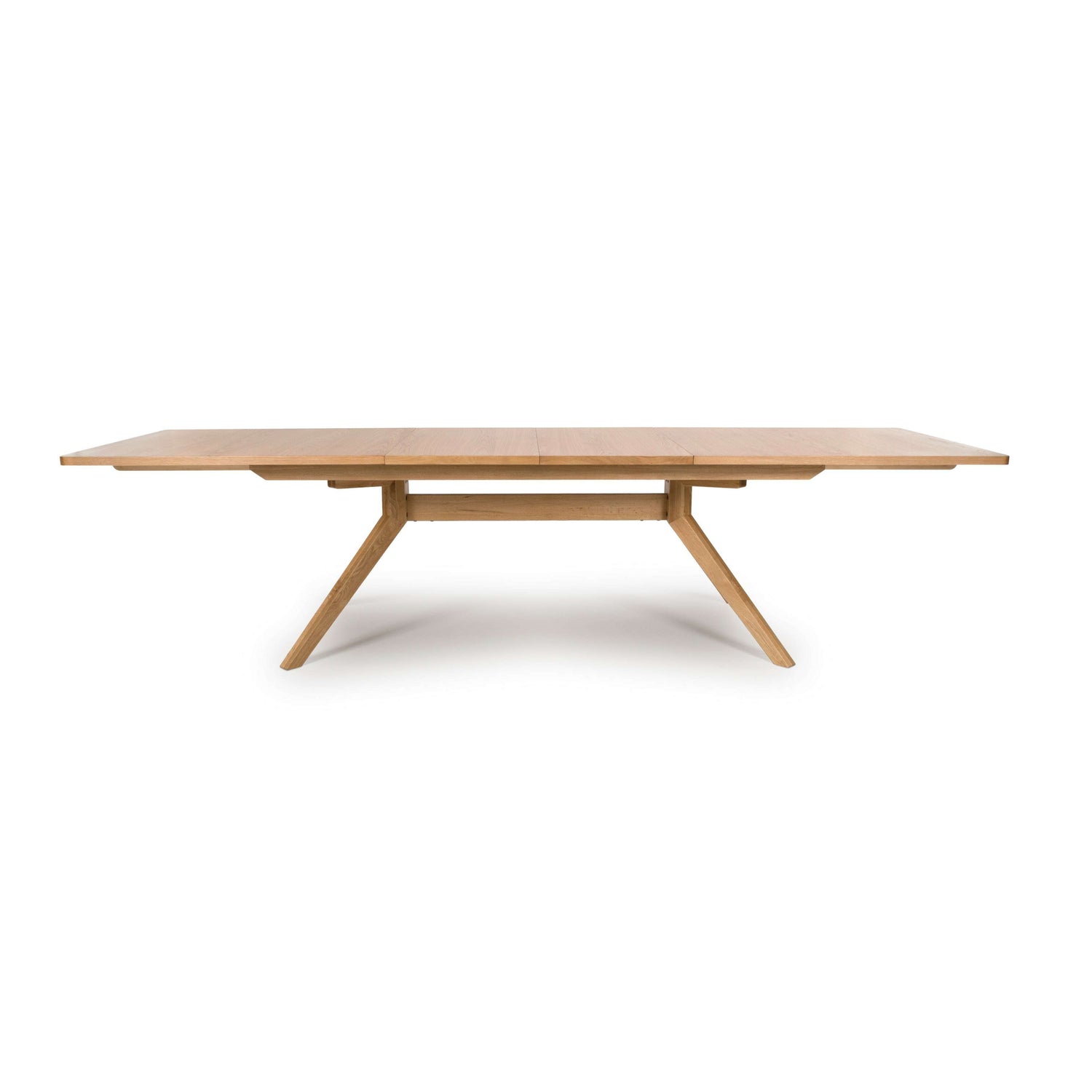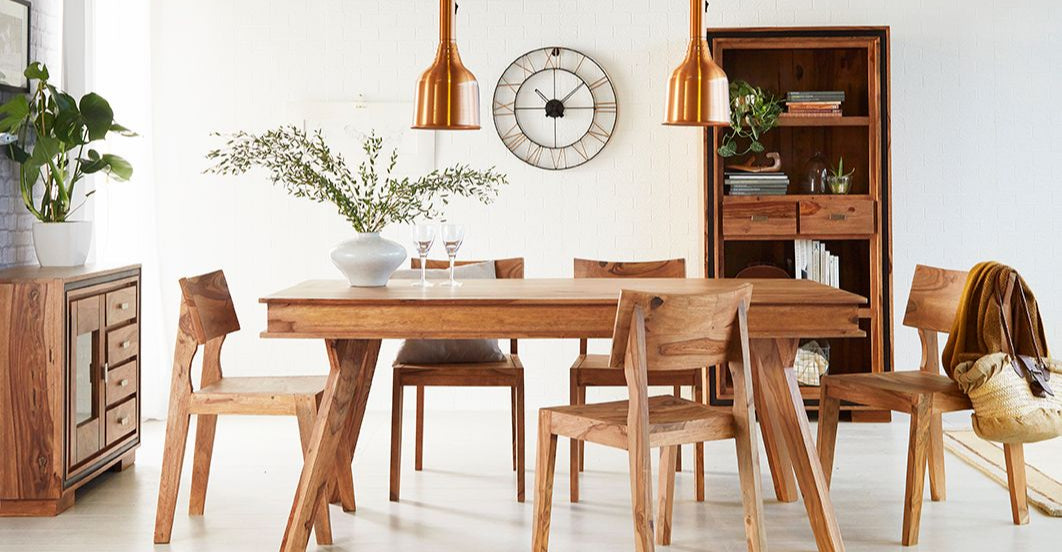Frequently Asked Questions
1. What are the benefits of solid wood furniture?
2. How does solid wood furniture contribute to sustainability?
3. Why is solid wood furniture better for indoor air quality?
4. How does purchasing solid wood furniture support local economies?
5. What should I consider when sourcing solid wood furniture?
As the world becomes increasingly conscious of environmental sustainability, many are searching for ways to incorporate eco-friendly choices into their homes. One of the best approaches is to invest in solid wood furniture. Not only does it bring a touch of warmth and authenticity to your living space, but it also has numerous environmental benefits. This blog delves into the compelling reasons why opting for solid wood furniture is a sustainable choice that benefits both your home and the planet.
The Value of Solid Wood Furniture
Solid wood furniture, crafted from single pieces of timber, is distinct from manufactured or particle board furniture. Its durability, aesthetic appeal, and environmental virtues make it an attractive option. Here are some fundamental aspects that underline its value:
Longevity and Durability
One of the prominent benefits of solid wood furniture is its remarkable lifespan. Unlike composite materials that may warp, chip, or degrade over time, solid wood can endure years, if not decades, of use. This durability reduces the need for frequent replacements, consequently lessening waste.
Natural Beauty
Solid wood showcases the natural variations of the timber—knots, grains, and colour differences—that yield a unique and rich aesthetic. Each piece tells its story, adding charm and character to your home. By choosing solid wood, you support promoting tangible and timeless beauty in your environment.
Sustainability and Environmental Impact
The transition from mass-produced, manufactured furniture to solid wood options starts with recognising the environmental advantages. Solid wood furniture significantly lessens our ecological footprint, paving the way for a greener, healthier Earth.
Reduced Carbon Footprint
Solid wood furniture typically involves less energy consumption during production compared to composite materials that require extensive industrial processes. Additionally, trees absorb carbon dioxide during their growth. By using wood from sustainably managed forests, we can help offset greenhouse gas emissions and have a positive impact on our climate.
Renewable Resource
Wood is a renewable natural resource, especially when sourced responsibly. Sustainable forestry practices ensure that for every tree felled, new trees are planted, sustaining the ecosystem and maintaining biodiversity. By choosing solid wood furniture, you contribute to this sustainable cycle, promoting responsible land use and conservation.
Biodegradability and Low Environmental Emission
Another aspect that highlights the environmental benefits of solid wood furniture is its biodegradability. Unlike plastic and synthetic products that can take centuries to decompose, solid wood naturally returns to the earth without causing harm. This characteristic helps reduce landfill waste and the overall impact on the environment.
Low Emission Materials
Solid wood typically features low volatile organic compound (VOC) emissions in comparison to factory-made furniture. High levels of VOCs can result in poor indoor air quality, leading to various health issues. By selecting solid wood furniture, you are opting for a healthier living environment. Choosing natural finishes and stains further enhances this aspect, ensuring that your home remains free of harmful substances.
The Economic Impact of Choosing Solid Wood
Opting for solid wood furniture not only embodies sustainability but also supports local economies. Many regions have seen growth in the timber industry due to the rise in demand for ecologically friendly furniture. The impact extends beyond mere aesthetics—here’s why investing in solid wood is a socially responsible choice.
Support for Local Craftsmen
When you purchase solid wood furniture, you often support local artisans and craftsmen rather than large corporations. This not only fosters local economies but also nurtures traditional craftsmanship. By valuing handmade pieces, you are making choices that contribute to the preservation of artisanal skills.
High-Quality Investment
While solid wood furniture may come with a higher initial price tag compared to manufactured options, its longevity often makes it a more economical choice in the long run. Investing in durable pieces decreases the frequency of purchases and results in savings over time, making solid wood a wise financial decision.
Creating Your Ideal Eco-Friendly Home
Transforming your living space into an eco-friendly haven doesn’t have to be a daunting task. Making conscious choices about your furniture is a significant step towards sustainability.
Consider Sustainable Sourcing
When shopping for solid wood furniture, ensure that it comes from sustainably managed sources. Look for certifications such as the Forest Stewardship Council (FSC), which guarantees the timber follows rigorous environmental standards, ensuring minimal ecological impact.
Care and Maintenance
Proper care and maintenance of solid wood furniture will not only extend its lifespan but also enhance its natural beauty. Regular dusting, using appropriate cleaning products, and humidity control can help your furniture remain in excellent condition for generations.
Wrap It Up: Your Eco-Friendly Choice Matters
Choosing solid wood furniture is more than a design decision; it's a lifestyle choice with positive environmental impacts. The benefits of longevity, sustainability, and support for local artisans paint a compelling picture for those looking to make responsible consumer choices. With the added advantages of reducing carbon footprint and contributing to healthier indoor air quality, solid wood furniture stands as a testament to the fusion of beauty and responsibility.
Are you ready to embrace the advantages of solid wood furniture and help make a difference? By opting for solid wood, you're not only investing in timeless elegance but also in the very future of our planet. Every eco-conscious choice you make contributes to a better world, so let your home reflect your values while making a statement about sustainability.



